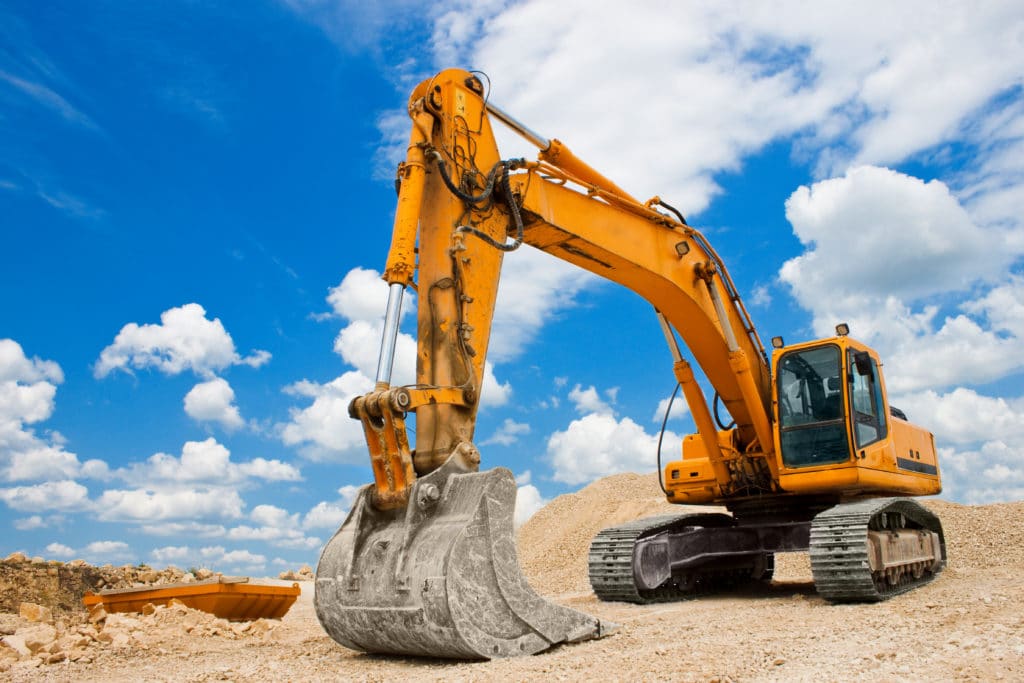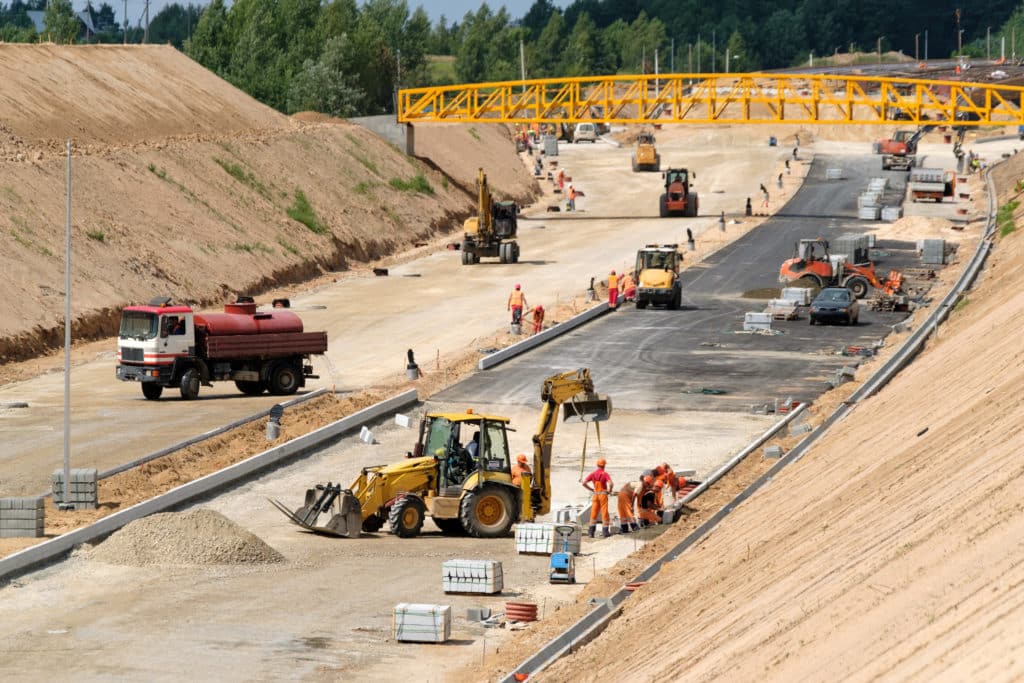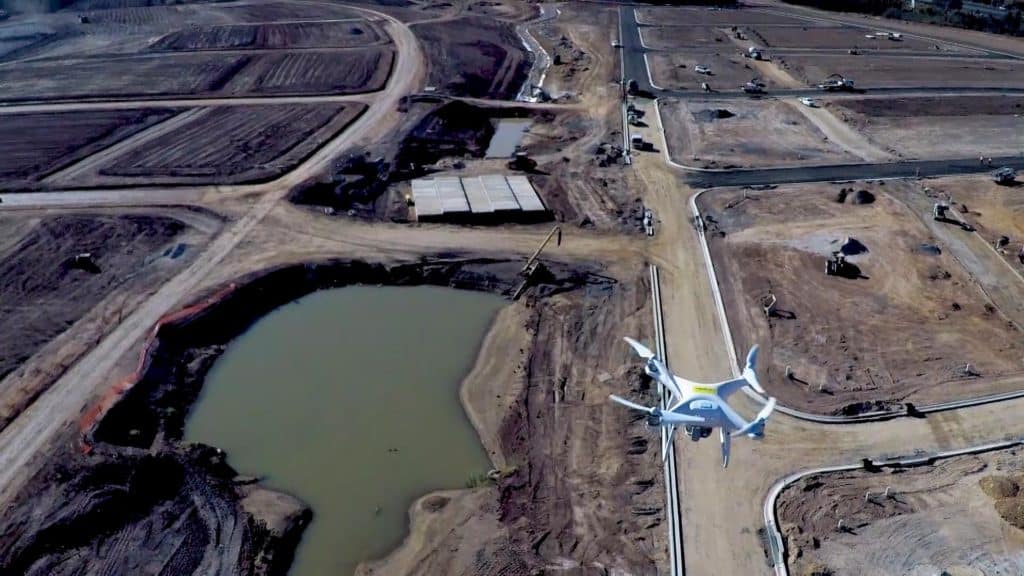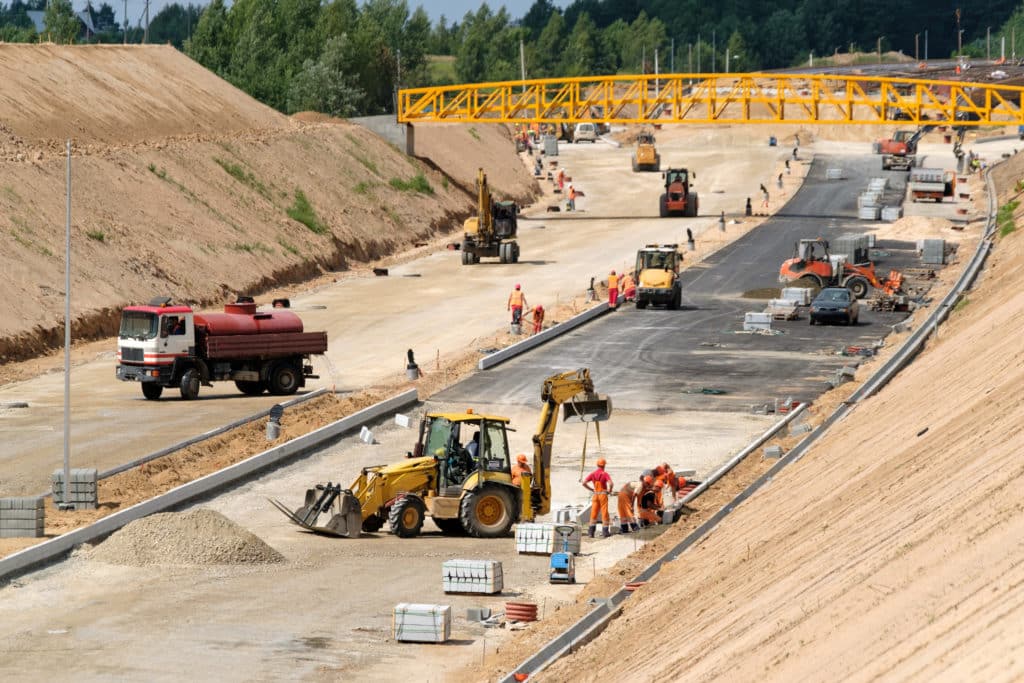American infrastructure has begun to show its age. Highways built in the 1950s and 60s haven’t fared well against millions of motorists and freight vehicles. Bridges built even 20 years ago don’t benefit from the engineered materials we have today. Everything from lead pipes to lack of network cabling has put utilities two steps behind demand for them. To say the entire country needs infrastructure modernization is an understatement.
Thankfully, there’s a ~$2 trillion bill on the table to address these needs. And while The American Jobs Plan still needs to clear government partisanship before it goes into effect, the bill’s details show strong allocation to much-needed areas of the country’s infrastructure—specifically civil construction for transportation. Here’s a look at proposed allocation for those funds and what it’ll take to ensure they’re put to good use.
Disclaimer: These figures represent an initial draft of the bill, which is subject to change pending debate and approval in the House and Senate.

$620+ billion for transportation infrastructure
Transportation infrastructure encompasses a heavy portion of the bill, with significant allocations to planes, trains, and automobiles. The Biden Administration isn’t just looking to repair roads and bridges—they’re preparing these foundations for the future. That means everything from electric vehicle charging stations, to reinforcements for freight lanes, to the potential for a high-speed rail system.
- $174 billion for electric vehicles
- $115 billion for modernizing roads, highways, and bridges
- $85 billion for public transit
- $80 billion for Amtrak and freight rail service
- $50 billion for infrastructure resilience
- $25 billion for airports
- $25 billion to fund new projects
- $20 billion for neglected neighborhoods
- $20 billion for road safety
- $17 billion for ports
These modernizations also lay the groundwork for innovative applications of technologies like intra-city air taxis, VTOL (vertical take off and landing) aircraft, drones, and more. In fact, much of the surveying and civil construction preparation for transportation modernization will come via drone technologies. Drones are already proving instrumental in assessing the current state of our crumbling infrastructure.

Where is all that funding going?
$620 billion for transportation modernization is meant to address improvements across the country—and some areas need it more than others. Drone surveying has already uncovered major infrastructure needs from coast to coast, including the much-trafficked, recently closed I-40 bridge connecting Tennessee and Arkansas. It begs the question: where is there the most need for infrastructure funding?
The American Jobs Plan outlines allocations for all 50 states, Puerto Rico, and the District of Colombia, showing where, specifically, transportation infrastructure faces the greatest need. Some highlights include:
- Arkansas’ transportation infrastructure has faced a dearth of funding over the last several decades. Biden’s plan recognizes 663 bridges and over 6,700 miles of highways in Arkansas that need updating.
- Louisiana has one of the lowest-graded infrastructure conditions in the Union (D+). The plan identifies 1,634 bridges and over 3,411 miles of highway in poor condition, in need of desperate improvement.
- New Jersey also ranks close to the bottom in infrastructure quality (D+), with 502 bridges and over 3,995 miles of highway in disrepair. It’s estimated that right now, New Jersey drivers pay an average of $700+ annually in auto maintenance and repair costs!
- West Virginia suffers from a “systemic lack of investment” when it comes to infrastructure. The state desperately needs modernization for its 1,545 bridges and over 3,200 miles of highways.
Other states offer middling grades at best when it comes to infrastructure conditions. Larger states like Texas face tens of thousands of miles of roadways ready for modernization. Critically under-funded states like Mississippi have upwards of a thousand bridges that require surveying and repairs. And, states with major transit hubs like Georgia’s Hartsfield-Jackson Atlanta International Airport (ATL) and its Metropolitan Atlanta Rapid Transit Authority (MARTA) will need improvements to handle the millions of people relying on it annually.
In breaking down the $620 billion across the country, the question quickly shifts from “where is the money going?” to “will it be enough?”

Laying the groundwork for a new era of civil construction
As funding is allocated to each state of transportation improvement initiatives, it becomes the duty of state governments to stretch that funding as far as possible, to generate maximum return on investment. To do that, they’ll be relying on smart technology like drones to pave the way for robust civil construction plans.
From aerial surveying of sites and utilities, to infrastructure inspections that yield more informed approaches to project planning, there’s tremendous emphasis on creating and maintaining the right approach in new civil construction projects. As a result, the future of civil construction will become much more granular. It’s set to pave the way for more meaningful improvements that last.
When you consider that the highways have held strong for roughly 70 years and some bridges for even longer, it’s not unreasonable to think that a once-in-a-generation infrastructure upgrade like this could pave the way for a century of modernization to come.
A call to action for the ‘contractor of the future’
State governments (and the Federal Government) will lean heavily on contractors of the future who can make new investments in infrastructure go further. Tech-minded contractors like survey managers with drone operation experience and know-how will benefit from a call to action that’s backed by government contracts.
While $620 billion of a $2 trillion bill is still likely to fall short of the major investments needed to modernize United States infrastructure, it’s a strong start. With the cost of the plan offset by proposed corporate tax increases, the bill stands as a win-win for everyday citizens tired of potholes, detours, and rising wheel taxes. It’s a once-in-a-generation revitalization that’ll shape the country for decades to come.



